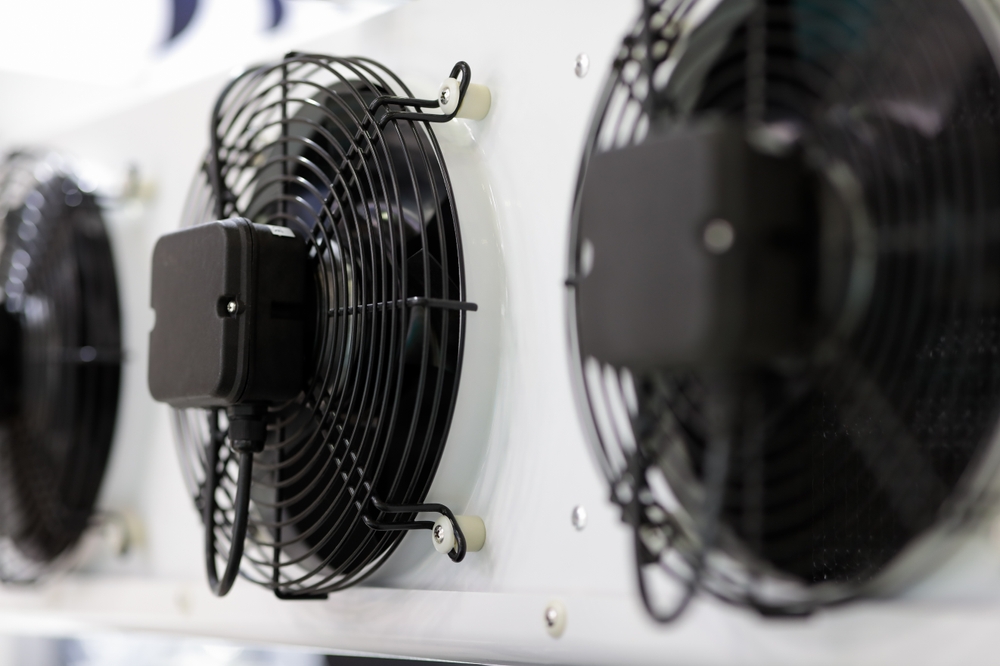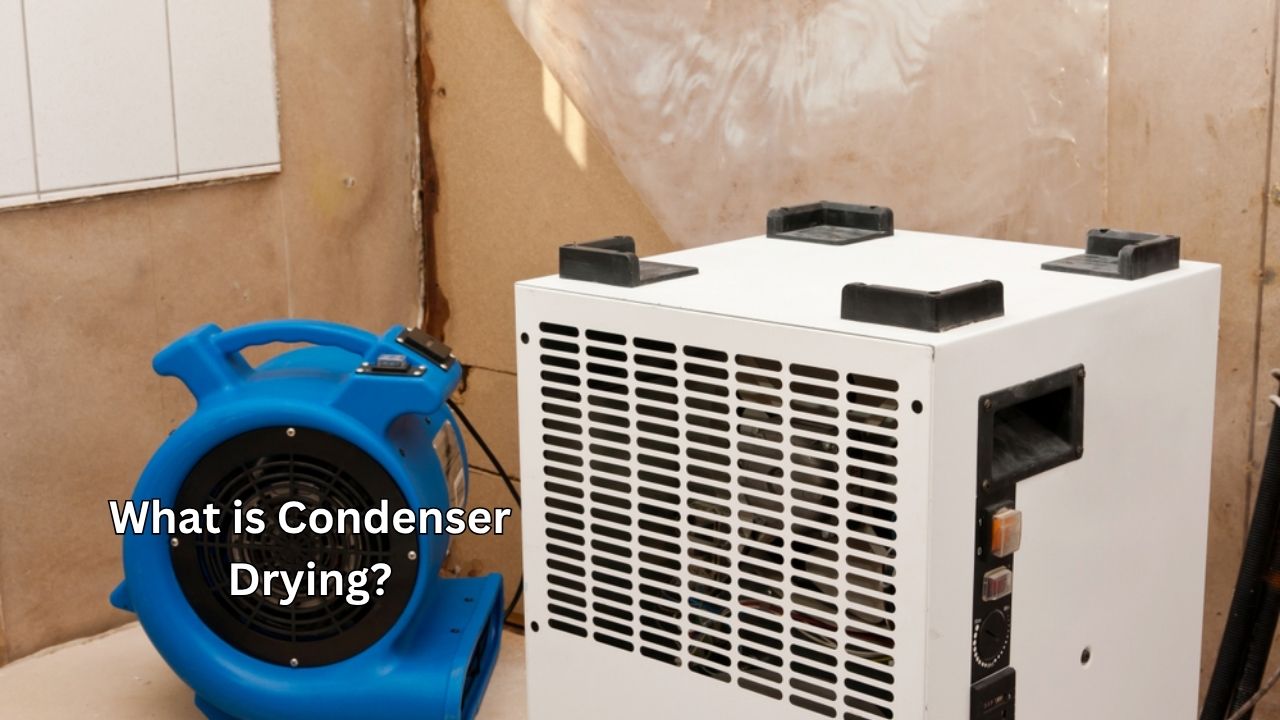
Resistance Life Enchance: Operation Maintenance and Savings Tips


Condenser drying stands out as a frequently preferred drying method in industrial and commercial fields. Its basic principle is to condense the moisture extracted from the dried material into liquid form and thus remove it from the environment. This prevents the spread of harmful moisture into the surroundings while increasing energy efficiency.
In these systems, a component called a condenser condenses water vapor from the air into water droplets. Thus, moist air is replaced with dry air and the drying process becomes faster and more effective. Condenser drying especially offers high performance for sensitive materials and in the food industry.
Energy saving is also an important advantage of this method. Because the condensed water is reused or safely disposed of, unnecessary energy losses are prevented. Additionally, condenser drying systems, with their environmentally friendly structure, contribute to sustainable production goals.
Condenser drying is an ideal solution in many sectors both in terms of efficiency and environmental benefit. With proper design and use, significant improvements can be achieved in your drying processes.
Condenser drying technology is a modern drying method widely used both at home and in industrial settings. At home, condenser dryers are especially preferred because they do not require external air exhaust; they condense moisture and collect it in a water tank. This feature is a big advantage for apartments or spaces without outdoor air connections.
In industry, condenser drying systems are effectively used in many sectors such as textiles, food, and chemicals. These systems prevent moisture generated during the process from spreading into the environment, while providing energy savings and high efficiency. Moreover, condenser technology contributes to sustainable production goals with its environmentally friendly structure.
In home devices, quiet operation, compact design, and user-friendly control panels are important reasons for preference. In industrial dryers, high capacity and durability are prioritized. In both usage areas, condenser drying ensures effective collection of water and maintains balanced humidity levels in the ambient air.
Condenser drying technology, with its advantages varying according to the area of use, offers practical solutions at home and increases efficiency in industrial processes.
Condenser drying technology has many differing opinions regarding whether it saves energy or not. In fact, facts and myths about this should be clearly separated. First of all, in terms of energy efficiency, condenser drying systems are more advantageous compared to classic ventilated dryers. Because moist air is not expelled outside but condensed into water, energy loss is minimized.
However, some users think condenser dryers consume more energy; this usually stems from misinformation. Proper selection of condenser drying devices and usage habits can significantly reduce energy consumption. Also, energy class labels on modern devices guide consumers correctly.
One myth is that condenser drying will have high maintenance costs in the long run. However, devices that are regularly maintained and cleaned retain performance and save energy. Additionally, condenser drying technology complies with sustainability goals thanks to its eco-friendly structure.
Energy saving with condenser drying is possible; however, it depends on device choice, usage patterns, and maintenance routines. Choices based on facts provide both lower energy bills and environmental benefits.

When choosing a condenser drying device, it is essential to pay attention to several critical points to select products that fully meet your needs. First, the energy class directly affects the device’s efficiency. Models with a high energy class are both eco-friendly and save money in the long term.
Another important factor is the device’s capacity. Selecting a condenser dryer with the right capacity for your daily use needs optimizes energy consumption and improves performance. Devices that are too small or too large may not deliver the desired result.
Drying time and program variety are also important selection criteria. Devices offering special programs for different fabric types and sensitivities protect your clothes and provide ease of use. Additionally, the practicality of the water drainage system affects user convenience.
Warranty period and service network as technical support factors should not be overlooked. Long warranty and widespread service network guarantee the device’s lifespan and performance. These details are decisive in making the right choice when selecting a condenser drying device.
Using condenser drying at home stands out as a practical solution in modern life. One of its biggest advantages is that the device collects moisture by condensing it without the need for external air exhaust. Thus, drying can be comfortably done even in apartments or homes without outdoor ventilation connections.
On the other hand, condenser dryers generally consume slightly more energy compared to ventilated models. However, with advancing technology, this difference is decreasing, and devices with high energy classes offer economical usage. Also, quiet operation features make them preferable as they do not cause disturbance at home.
The disadvantages include the need to regularly empty the water tank. This requires extra attention from the user. Also, in some models, drying time can be longer compared to ventilated devices, which can be a drawback for users sensitive to time.
Home-type condenser dryers offer a practical and effective solution especially where space is limited and no outdoor ventilation connection exists. However, energy consumption, usage habits, and device features should be carefully evaluated before choosing.
Industrial condenser drying systems hold an important place in production processes requiring high capacity and continuous operation. These systems ensure fast and effective drying of materials, providing increased performance and efficiency. Collection of condensed moisture inside the device minimizes energy loss and reduces environmental impact.
Performance-wise, the biggest advantage of these systems is the optimization of drying time. With proper design and control mechanisms, the process can be accelerated and bottlenecks in the production line eliminated. At the same time, technologies providing high energy efficiency contribute to lowering operating costs.
Industrial dryers are generally made from durable materials and suitable for harsh working conditions. This means long lifespan and low maintenance requirements. Additionally, advanced automation systems improve process control, enhancing both quality and energy savings.
When analyzing efficiency, the system’s capacity, energy consumption, and maintenance costs are evaluated in detail. When condenser drying systems are properly selected and optimized, they offer advantages in terms of both production speed and environmental sustainability goals.

Fill out the form to discover the most suitable high-end products for your projects. Contact Us Now.